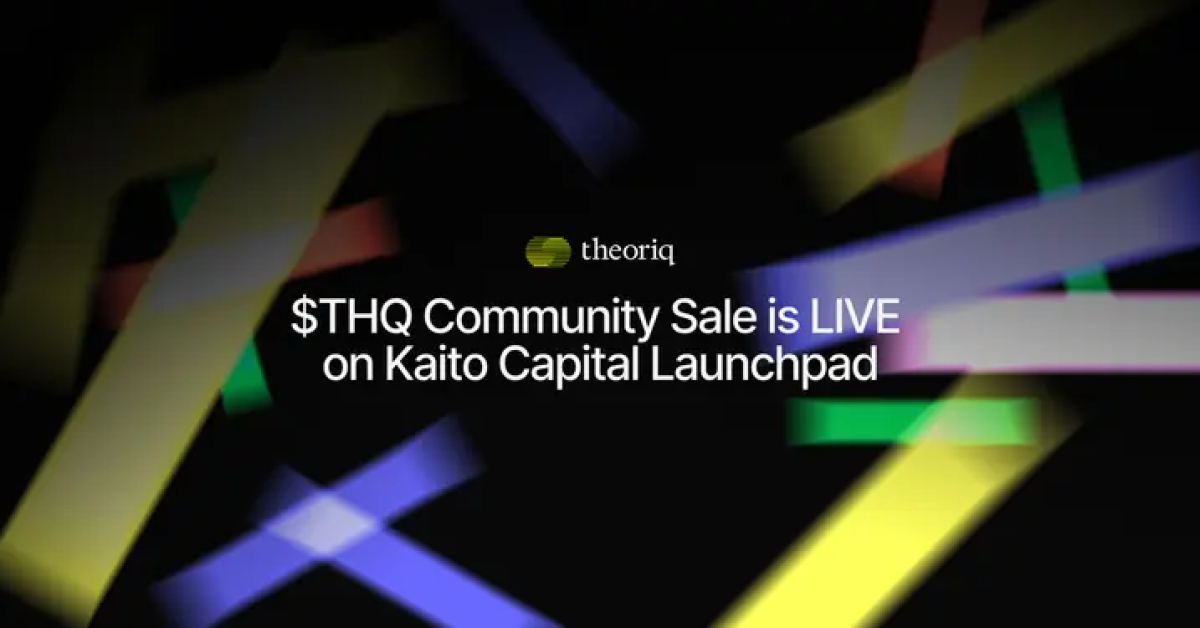Introduction
The cryptocurrency landscape is filled with a myriad of projects, ranging from well-established behemoths like Bitcoin and Ethereum, to countless altcoins and tokens that can emerge seemingly overnight. For the average investor or enthusiast, navigating this vast sea of options can be daunting. Evaluating a cryptocurrency project properly is crucial in making informed investment decisions, as the potential for reward is often paired with significant risk. In this guide, we will explore the necessary steps to effectively assess a cryptocurrency project, considering fundamental, technical, community-driven, and market factors that influence its long-term success.
How to Evaluate a Cryptocurrency Project
When evaluating a cryptocurrency project, it is essential to approach it with a comprehensive strategy, as digitized assets possess unique attributes and risks. Below, we break down critical areas of focus when conducting your evaluation.
1. Understanding the Fundamentals
1.1 Project Whitepaper
A project’s whitepaper is the cornerstone document that outlines its purpose, technology, and roadmap. It is vital to:
- Read the whitepaper in full. Look for clarity, depth, and thorough explanation of the project’s goals.
- Validate the originality. A well-written, original whitepaper is often an indicator of a serious project.
- Assess the technological framework. Understand the technology stack, consensus mechanism, and blockchain specifications.
1.2 The Team Behind the Project
A strong team can make or break a cryptocurrency project. Investigate:
- Team members’ experience: Look for expertise in relevant fields—technology, finance, and blockchain.
- LinkedIn profiles or public presence. Check their history and other projects they’ve successfully managed.
- Advisors and partners. Renowned advisors can enhance credibility.
1.3 Use Case and Problem Solving
Examine what real-world problems the project intends to solve. Consider these criteria:
- Is the use case clear? Does it promise solutions to existing market issues?
- Market potential: Is there a demand for the provided solution in the target market?
2. Technical Analysis
2.1 Analyzing the Codebase
If the project is open-source, analyze the codebase:
- GitHub Activity: Look for active development, updates, and community contributions.
- Code quality: Good documentation and coding standards reflect professionalism and care.
2.2 Security Protocols
Evaluate any security measures in place:
- Audit reports: Seek external audits from credible firms to determine project integrity and security.
- Bug bounty programs: Establishing a bounty program may indicate a proactive approach to security.
3. Community Engagement
3.1 Social Media Presence
A project’s community reflects its support and potential longevity. Check for:
- Platforms used: Twitter, Reddit, Telegram, Discord – see how active and engaged the community is.
- Sentiment Analysis: Understand how community members perceive the project.
3.2 Community Events and Initiatives
Participation and feedback opportunities include:
- Meetups, AMAs, and hackathons. Engaged users often have more trust in projects presented in direct communication venues.
4. Market Considerations
4.1 Market Capitalization and Trading Volume
The overall market health can be gauged by:
- Market Cap Analysis: Understand where the project stands compared to others in the industry.
- Trading Volume Patterns: Volatility and trading regularity reflect community trust and liquidity.
4.2 Tokenomics
The allocation and circulation of tokens can relate directly to a project’s viability:
- Distribution: Assess how tokens are distributed among founders, investors, and the community.
- Inflation models: Understand if, and how, inflation affects the token supply and valuation.
5. Regulatory Compliance
With varied regulations across different regions:
- Legal Framework: Examine if the project complies with relevant laws in its operational jurisdiction.
- KYC and AML: Assess the project’s commitment to Know Your Customer and Anti-Money Laundering regulations.
6. Long-Term Viability
6.1 Roadmap Analysis
Scrutinize the project’s roadmap for:
- Realistic timelines: Are deadlines achievable, based on their resources?
- Future Development: Look for clear plans concerning updates, partnerships, or expansions.
6.2 Adaptability to Market Changes
The ability to pivot is essential. Investigate:
- Responses to market feedback: How well does the project adapt based on user needs or criticisms?
- Innovation: Are they pushing boundaries in technology or market applications?
Conclusion
Evaluating a cryptocurrency project requires a well-rounded approach, examining to ensure informed decisions, risk management, and potential profitability. By focusing on these key areas, investors can better navigate the volatile waters of the cryptocurrency market.
Whether you are a seasoned investor or just starting, a thorough evaluation of projects can be the difference between success and failure in the ever-evolving digital asset landscape.
For additional resources and insights on cryptocurrency and blockchain technology, visit My Website for more in-depth articles and learning materials.







